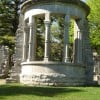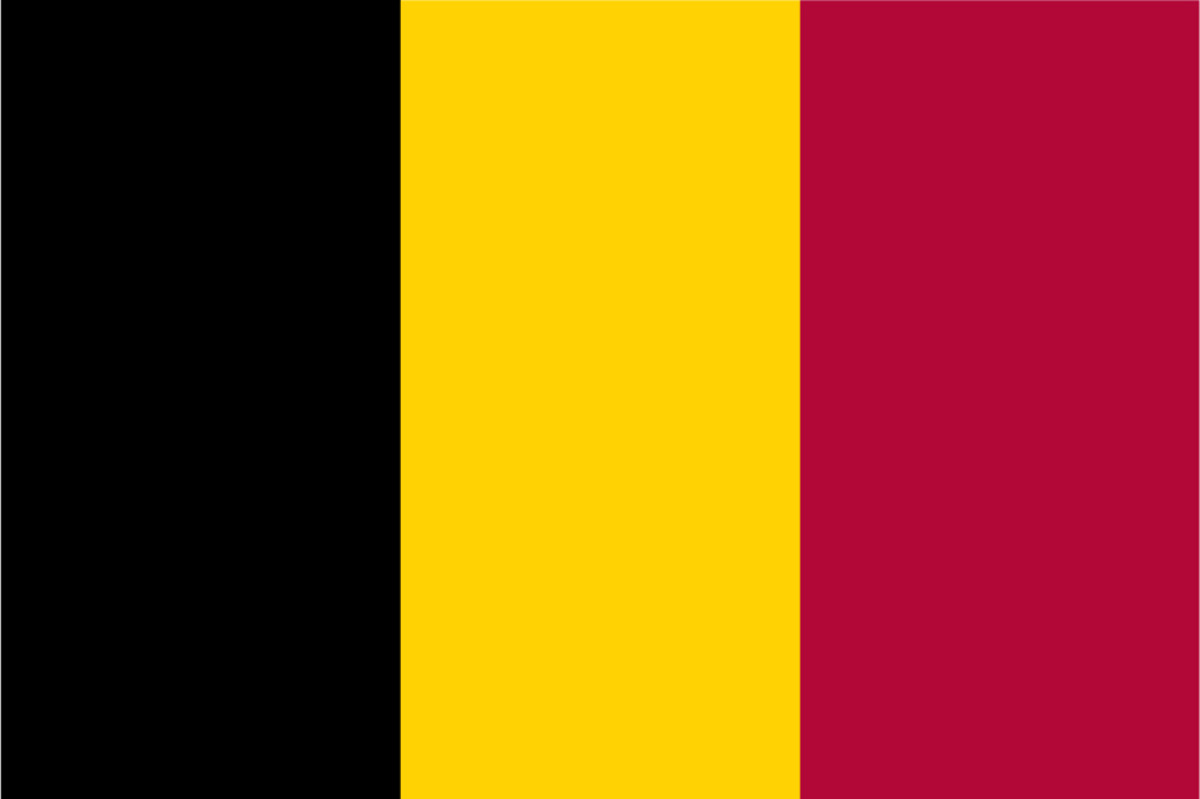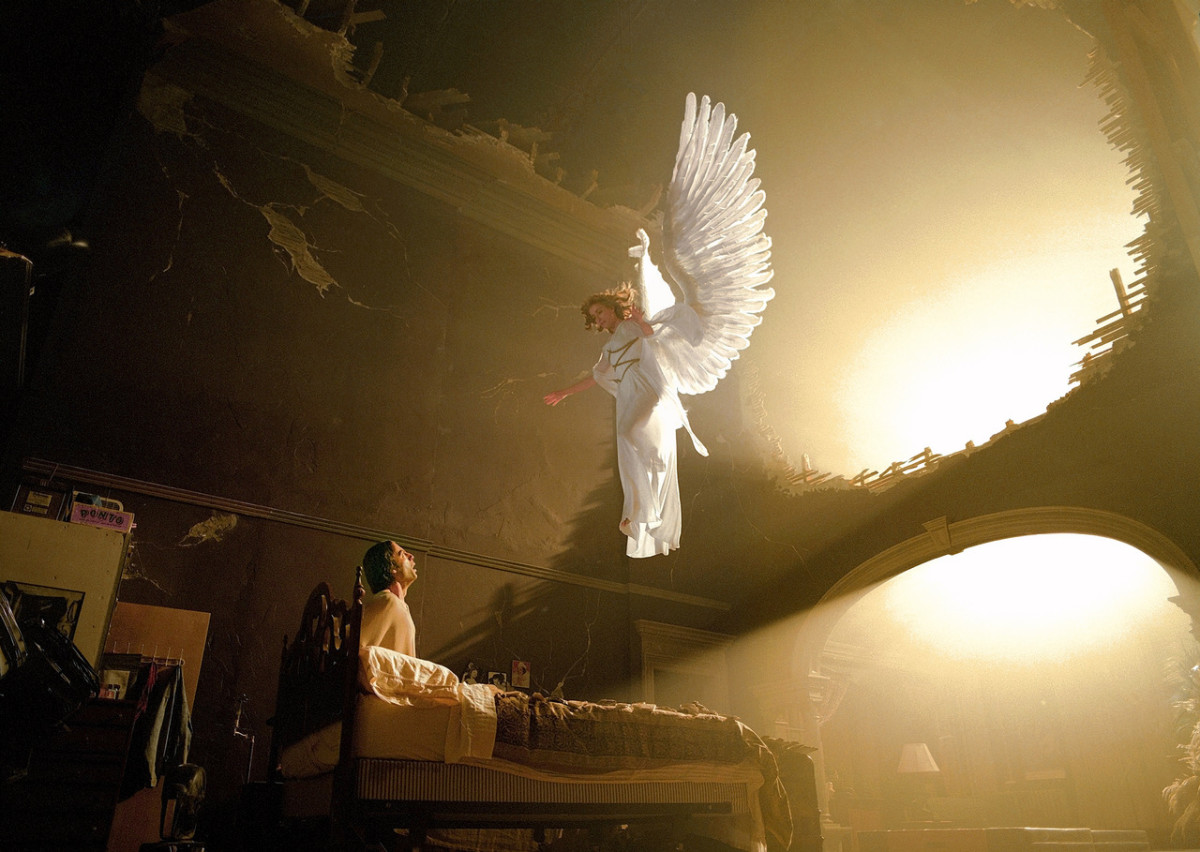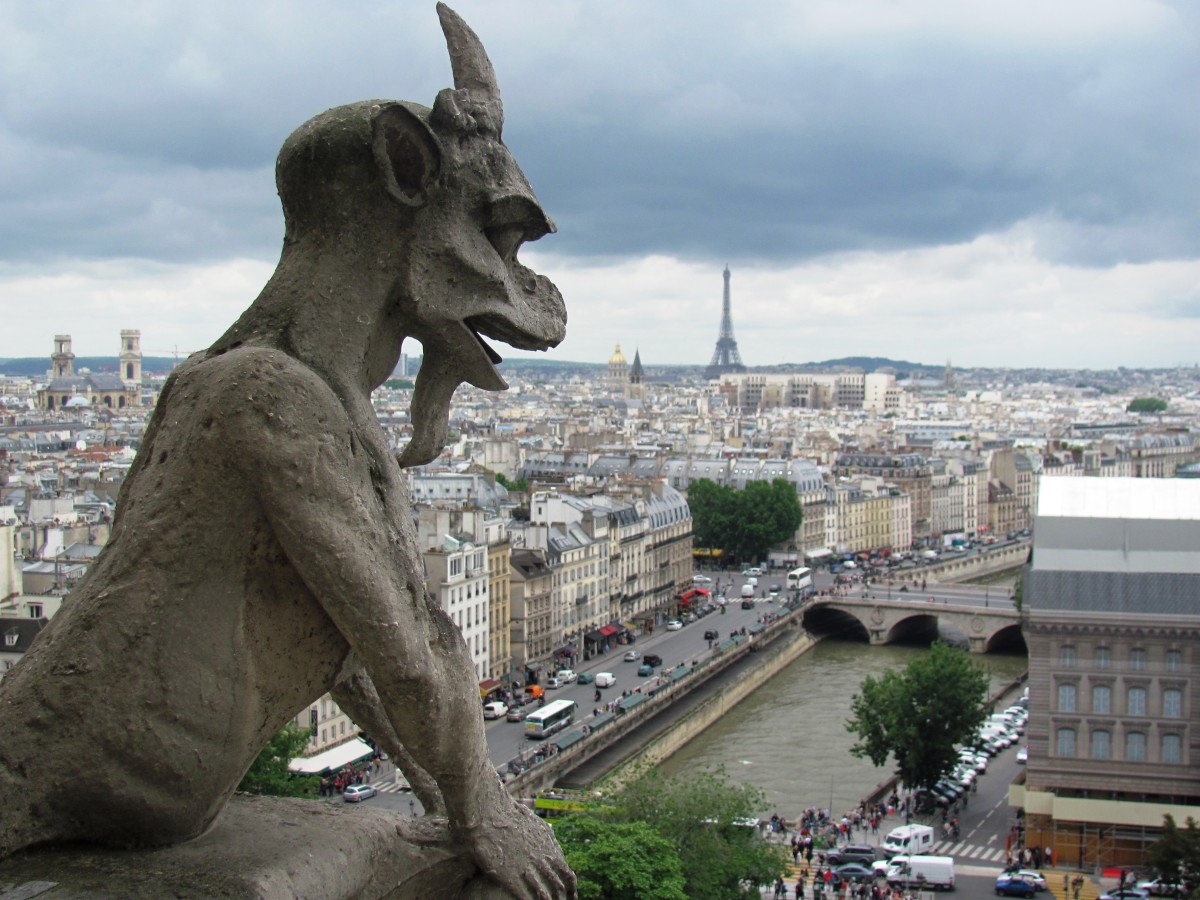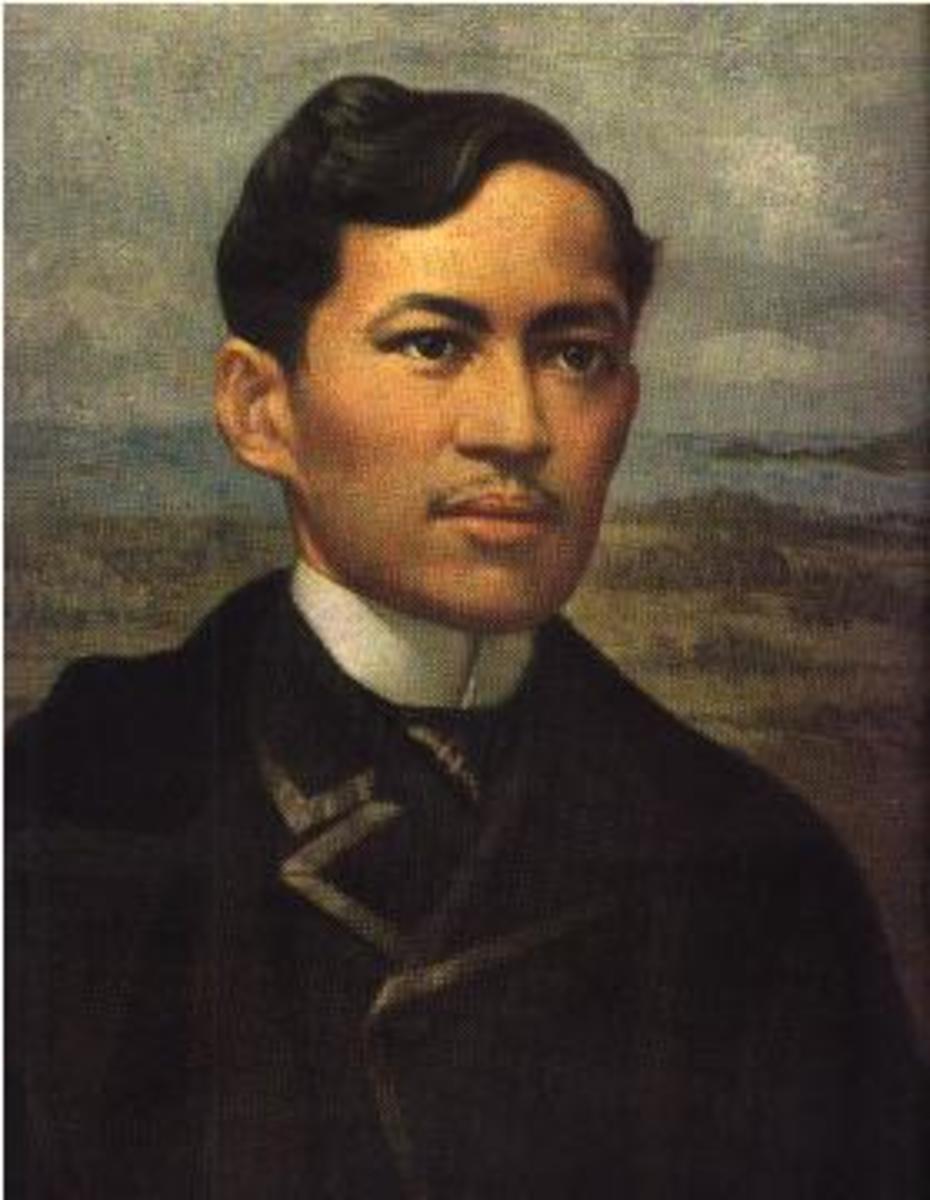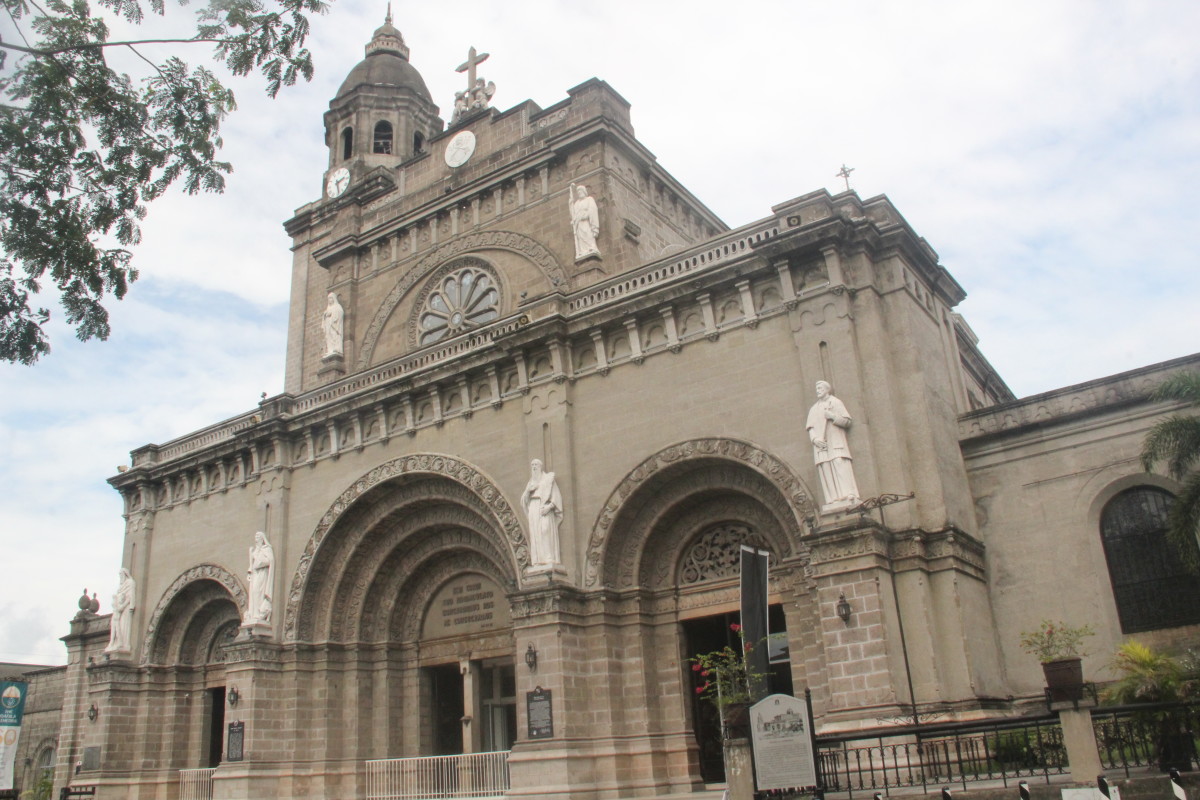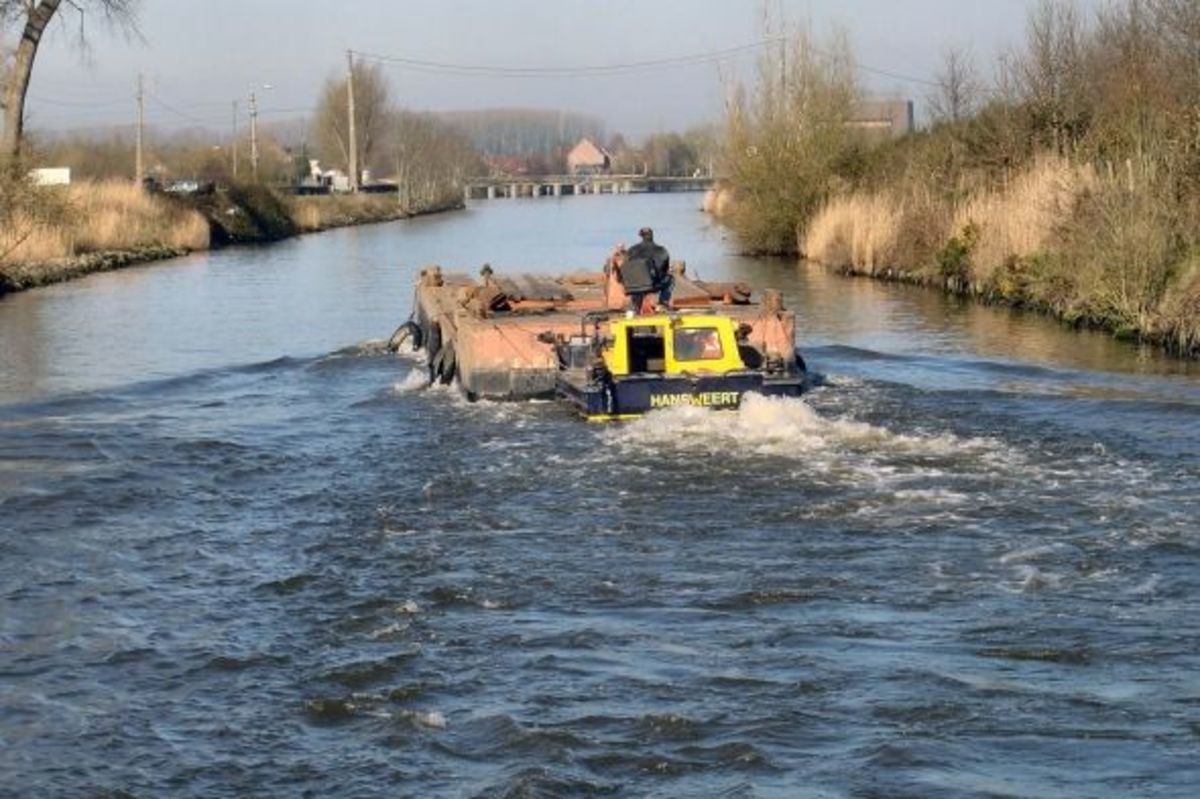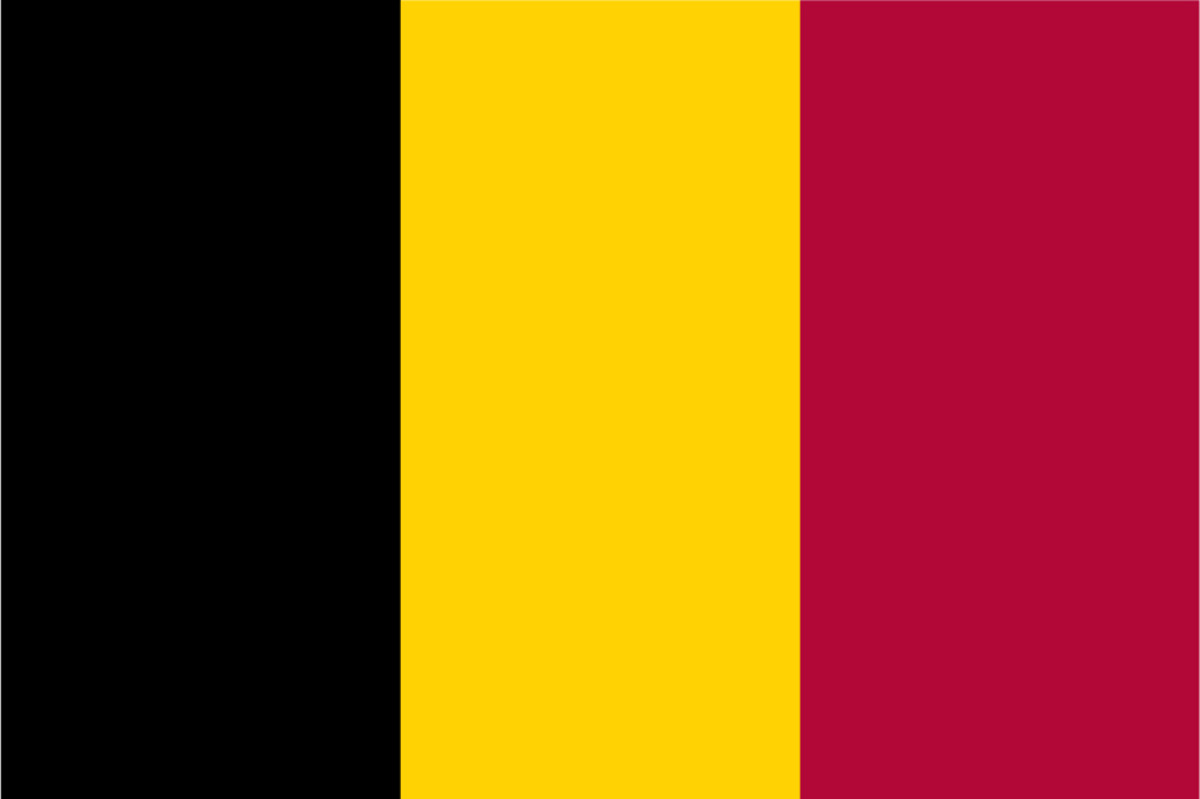Visiting Mechelen and its Cathedral: which came first? Belgium or the church of the Primate?
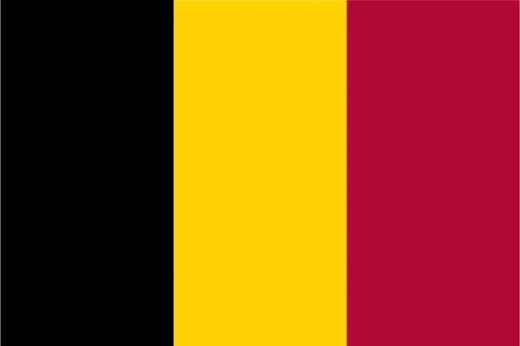
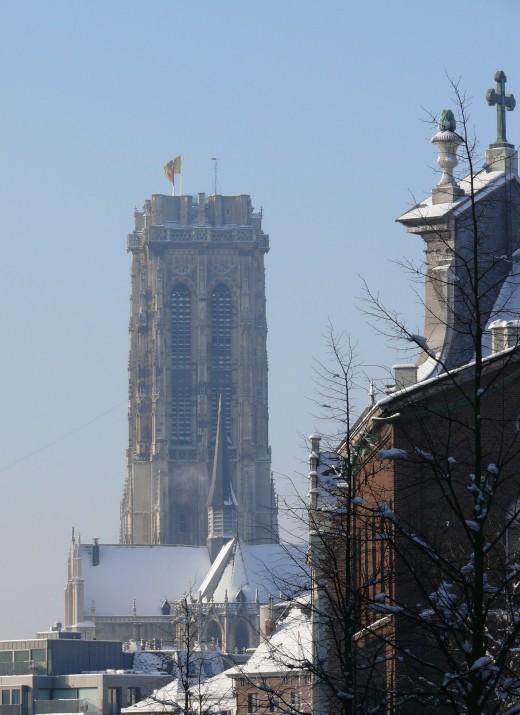
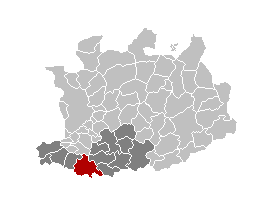
Perennial questions of precedence and strategic priority
The Medieval church of Sint-Rombout, styled a cathedral, is a looming presence over the rooftops of Mechelen, in Antwerp province, in the Flemish region of Belgium. Symbolically, as the historic seat of the Primate of Belgium (in recent years, the name of the Ecclesiastical Province which the Archbishop heads has been changed to Mechelen-Brussels (Dutch: Mechelen-Brussel; French: Malines-Bruxelles) but the Cathedral of Sint-Rombouts is still regarded as the principal Cathedral of Belgium.
As might be expected, the prominence of Mechelen in ecclesiastical matters long predates the founding of Belgium in 1831. Indeed, the church of Sint-Rombout has functioned as a cathedral since 1559. But questions of priority can also arise metaphorically as well as chronologically. Cardinal Godfried Danneels was Archbishop of Mechelen for many years and church-state relations were significantly marked by his tenure. The Cardinal's familiar, robed figure was thus a feature of many Belgian state occasions. Noted for the subtlety of his advice, Archbishop Danneels, a Cardinal from 1983, could at times give the impression of being more 'secular' than some leading figures in Belgian institutions. For example, in 1990, he was said to have advised the late King Baudouin of the Belgians to go ahead and sign legislation legalizing abortion, which was proving to be a searching issue for the monarch. Stated differently, King Baudoin's question was, Which comes first, in conscience, loyalty to the Belgian constitution? or loyalty to the Roman Catholic church's teaching on abortion, with which King Baudouin strongly identified?
Interestingly, rather than sign the legislation, the pious Baudouin briefly abdicated the Belgian Throne, against the reported counsel of Cardinal Danneels, who at the same time was supposedly representing the viewpoint of the church of which he was the leader in Belgium.
So which comes first? The ecclesiastical province of Mechelen-Brussels has certainly been identified with highly nuanced thinking.
Then some English-speaking readers will ask: Mechelen? Malines? where have I heard those names before? Interestingly, what were known as the Malines Conversations of 1922, when Roman Catholic and Protestant church leaders met for discussions, are regarded as being a precursor of the contemporary Ecumenical movement. So, the ecclesiastical authorities in Mechelen have been a catalyst for change in relations with other churches? Well, let us not jump too quickly to conclusions. It must be remembered that the thinking of Medieval Schoolman Thomas Aquinas has for centuries been very influential in what is now Belgium, representing the idea of a synthesis between grace and nature; or, stated differently, the church authorities maintain a continuous process of interacting with and even absorbing outside influences, while not actually changing their dogmatic position. Thus, how to interpret the significance of the Malines Conversations depends on one's perceptions: even if one side appears on the surface to be changing its position in order to bring others into their orbit, is the change really the case at a dogmatic level? Unless one perceives the historical background to the nature of recurring, ecclesiastical discourse, it may be at least superficially difficult to judge one's interlocutors' strategic priorities.
Matters of metaphorical and chronological precedence aside, the Gothic-style cathedral of Sint-Rombout has for centuries been a substantial feature of Mechelen's skyline, particularly its 97-metre tower, built between 1452 and 1520. The original building dates from about 1200. An abbey already existed in the town, dating from somewhere between the 6th to the 8th century.
The tower contains a carillon of 98 bells. Given its height, the tower has also functioned in the past as a watchtower.
Also worth seeing
In Mechelen itself, the City Hall (Dutch: Stadhuis) in the Great Market Square (Dutch: Grote Markt) and the Brussels Gate (Dutch: Brusselpoort) are among the striking visitor attractions.
Antwerp (distance: 26 kilometres); sights include the Steen castle, the Cathedral and the City Hall.
Brussels (distance: 30 kilometres) has numerous visitor attractions, a few of which are: the Grand' Place, the Royal Palace and BELvue museum, the Atomium, the Erasmus House, Anderlecht.
...
How to get there: Brussels Airlines flies from New York to Brussels Airport (Brussel Nationaal / Bruxelles-National ), from where car rental is available. The Belgian railroad company NMBS / SNCB maintains a frequent service between Brussels and Mechelen. Some facilities may be withdrawn, without notice. Please check for up to date information with the airline or your travel agent.
MJFenn is an independent travel writer based in Ontario, Canada.
Other of my hubpages may also be of interest
- Visiting Antwerp, Belgium, and its Cathedral: a 16th century skyscraper tower looming over the Schel
- Visiting the remarkable Cathedral of Brussels, Belgium: with strong, royal associations
- Visiting the Royal Palace, Brussels: imposing workplace of Belgium's monarch
- Visiting the BELvue Museum, Brussels: commemorating Belgium's Royal dynasty
- Visiting the Grand' Place, Brussels, Belgium: amazing, architectural gem
